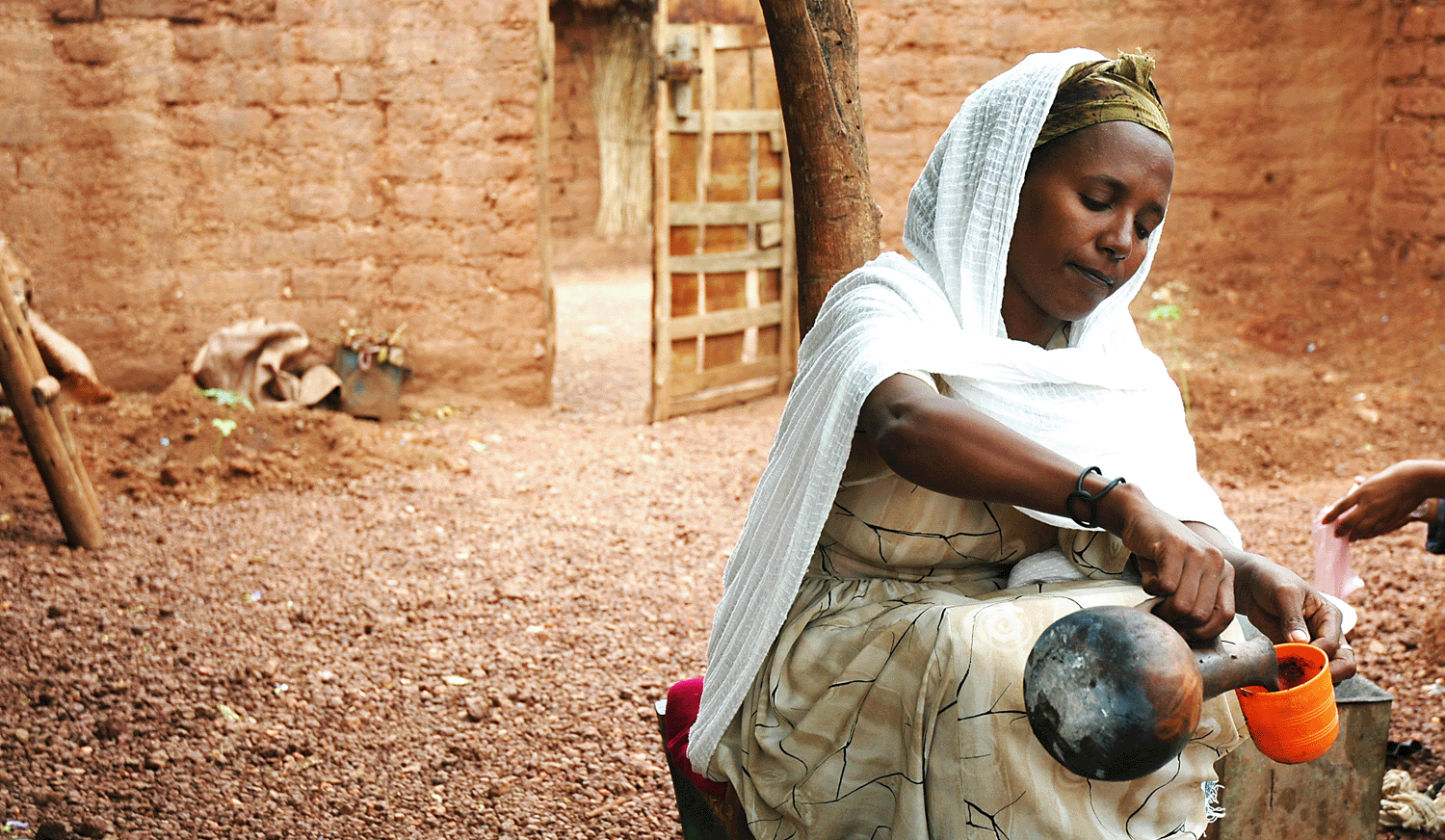ADDIS ABABA, Ethiopia – According to a report by Euromonitor, Ethiopia is now one of the largest coffee markets in Africa with a rough estimate of 127,000 tonnes sold in 2015, which is a quarter of the total volume of coffee sold in the Middle East and Africa.
The figure is comparable to those of much wealthier countries like South Korea and Russia.
Historically, the beans have been a cash crop in Africa but the consumption across the continent has remained low.
In countries such as Kenya and Uganda where it is grown, the consumption has remained low due to the preference for tea which, they say, has traditionally been much cheaper.
Even though Ethiopia is the poorest of the world’s major coffee-consuming nations, with GDP per capita of just US$599 in 2015, Ethiopians still drink around 200 cups a year. No other country in that income group drinks as much as that.
The question then arises: if Ethiopians drink this much coffee on less than US$600 a year, how much would they drink if they weren’t one of the world’s poorest countries?
“With Ethiopian economic growth steaming ahead (GDP increased by 10.2% in 2015), the question is no longer as speculative as it once was,” said Matthew Barry, Beverage Analyst, Euromonitor International.
Ethiopia’s coffee culture
Human consumption of the beans is usually thought to have originated in Ethiopia over a thousand years ago, after a shepherd named Kaldi noticed that his goats became oddly frisky after chewing the berries of a certain plant.
Curious, he is then said to have sampled these berries himself, thus beginning a long tradition of coffee consumption in Ethiopia that continues to the present day.
A large part of Ethiopia’s coffee culture comes from the fact that it is one of the best places to grow the beans on the planet.
Ethiopia is fifth in the world in total production, according to statistics from the International Coffee Organization, and many of its Arabica beans are recognized internationally for their high quality.
Even so, domestic consumption is unusually high, even for a producer nation.
Many exporters have historically discouraged domestic consumption so as to make more crops available for export.
Indonesians, for example, drink only 34 cups of coffee a year, even though their country is the third biggest producer worldwide.
Euromonitor revealed that Ethiopian coffee culture rooted itself firmly before globalization turned the crop into one of the world’s biggest cash crops.
The beans is traditionally purchased as green beans that are then roasted at home, but this is beginning to change, and packaged and branded retail coffee is becoming more prevalent, especially in the wealthier urban areas.
This branded coffee is dominated by local brands like Great Abyssinia.
Does domestic consumption pose a threat to the export of coffee in Ethiopia?
According to Matthew Barry, one major threat looming on the horizon is a government initiative to expand exports in order to increase the country’s supply of foreign currency.
This comes at a time when the coffee-loving and increasingly wealthy urban population of the country is looking for higher-quality beans.
Barring an unexpected burst in crop yields, the only way the government can meet its goal is if it curbs domestic consumption to free up more beans for export, which would be highly unpopular.
Saving high-quality beans for domestic consumption already attracts a fine or even jail time, and more than a few Ethiopians find it unjust that the best beans are being reserved exclusively for foreigners.
This problem will not be resolved anytime soon, and tension between exports and domestic demand will be an ongoing issue.
There is also no shortage of macroeconomic threats that could get in the way of economic growth and an expanded coffee market.
The business environment is less than ideal, with burdensome regulations and a government monopoly over many areas of the inefficient transportation sector.
Geopolitical issues are also a concern, as the disputed border with Eritrea could erupt into open warfare at any time and trouble could spill over from nearby failed states like Somalia and South Sudan.
But, on its current track, Ethiopia is very likely to continue being the growth driver of African coffee consumption
Fumnanya Agbugah


















